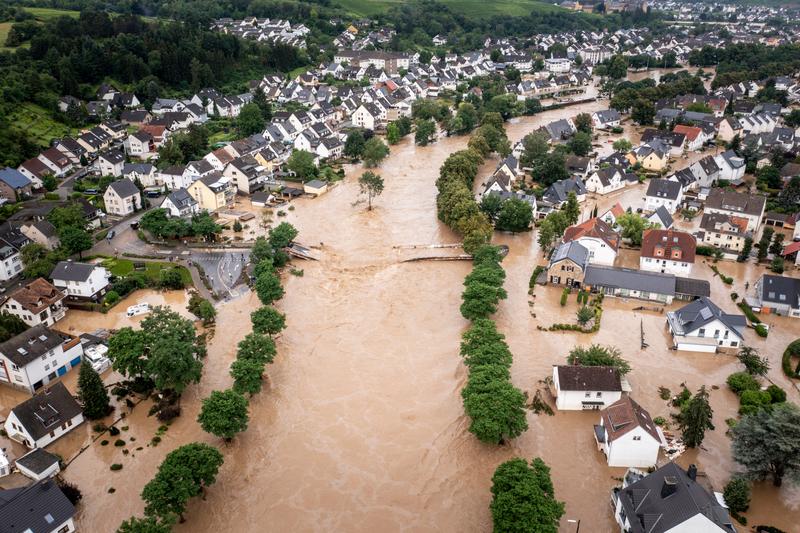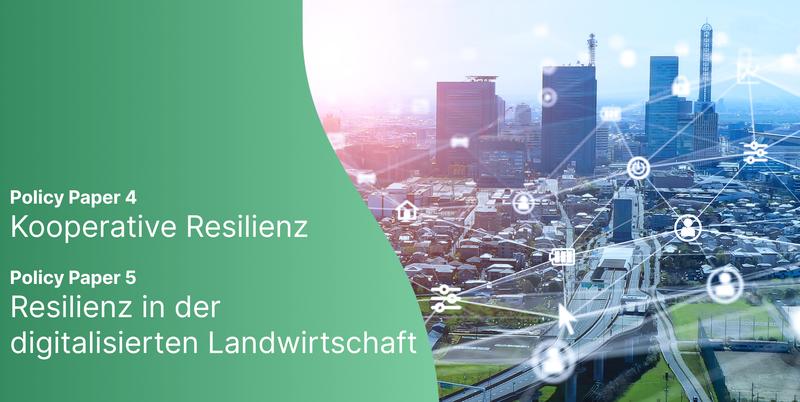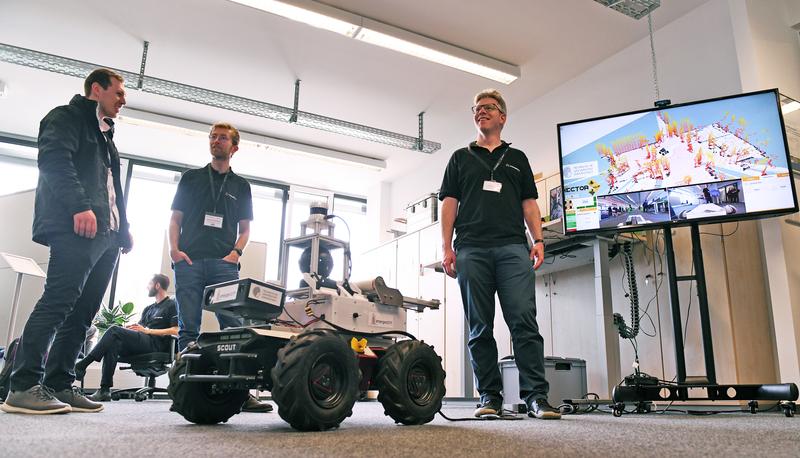The heavy rainfall event of summer 2021 in the Ahr Valley, with more than 180 deaths, hundreds injured and major devastation, has pushed the debate on how to deal with such disasters to the top of the agenda. Prof. Dr. Michèle Knodt and Eva Platzer from the Department of History and Social Sciences at TU Darmstadt and the LOEWE Center emergenCITY have taken a detailed look at disaster management. In an emergenCITY policy paper, they analyze the weaknesses of disaster management and provide recommendations for action to improve disaster management.
Disaster operations of the magnitude of the Ahr Valley flood involve many forces. In addition to the disaster management and administrative staff, these are the emergency forces on site, the politically responsible persons on different levels and also spontaneous helpers. Coordination between these units is therefore one of the major challenges, which can be improved by adapting structures, improving training and operational concepts and establishing an interface with spontaneous helpers. Well-networked teams of experts could help here as a kind of rapid response force to support local disaster management staff members. In addition, political decision-makers at all levels should be actively involved in disaster management training and exercises in order to be able to react quickly and adequately in the event of a crisis.
The detailed policy paper can be accessed here.



